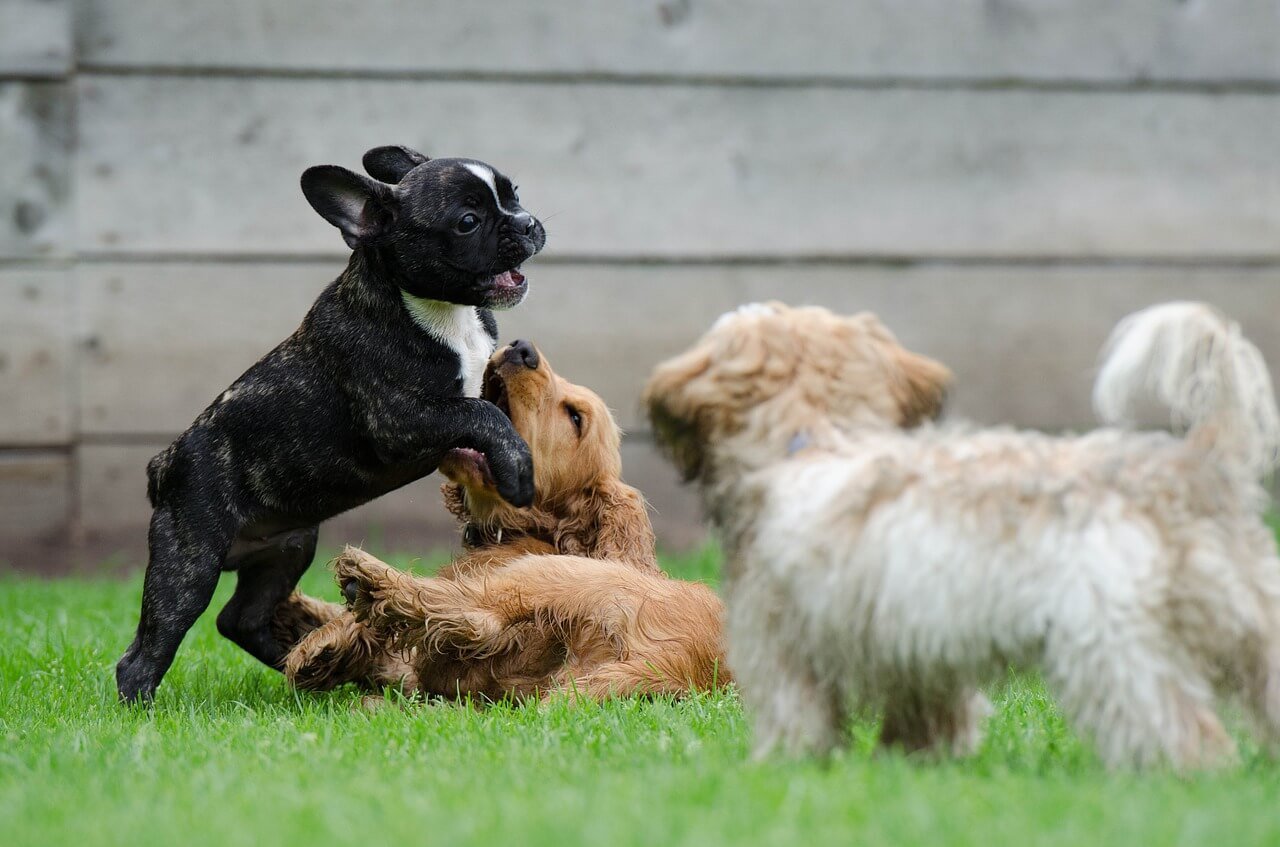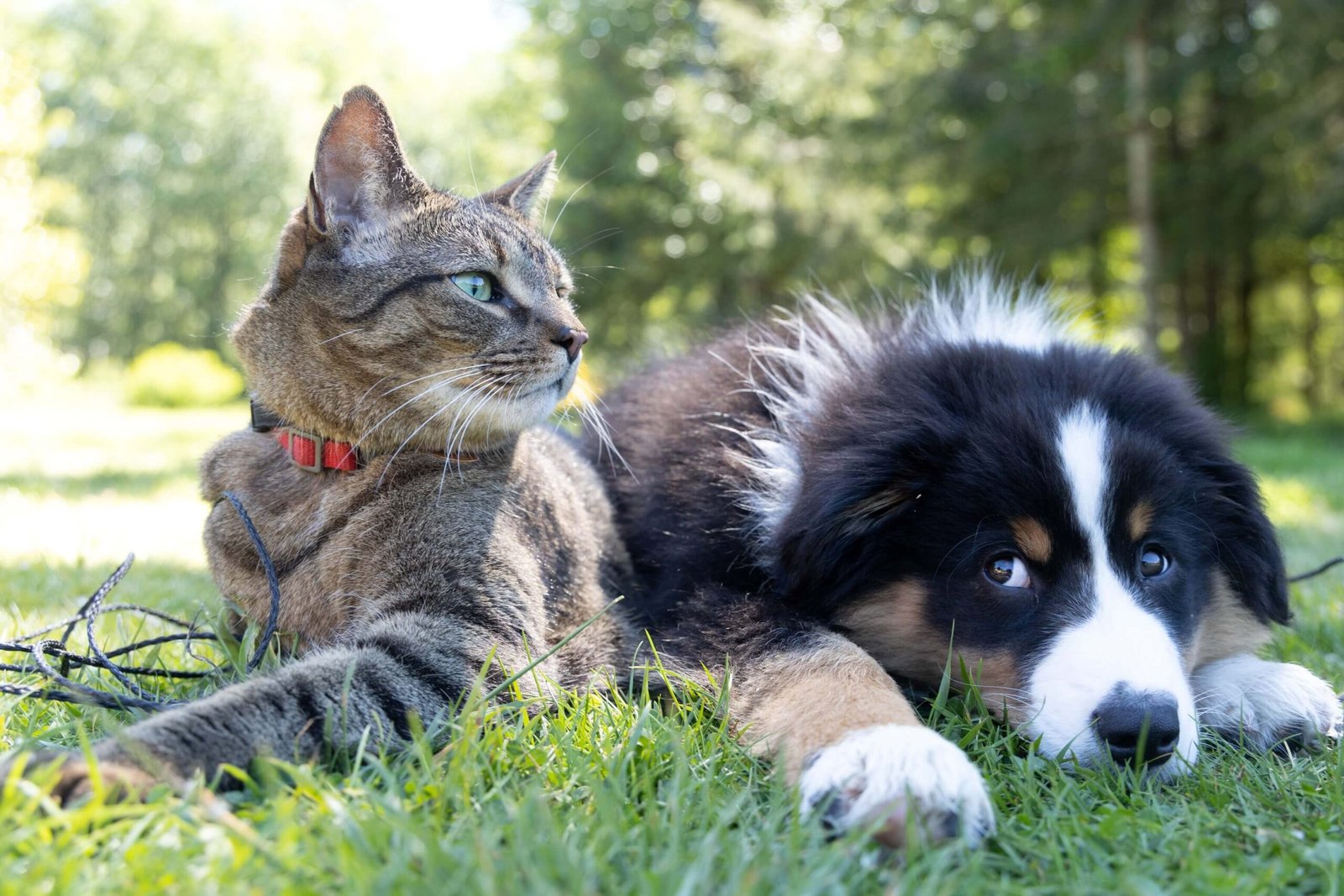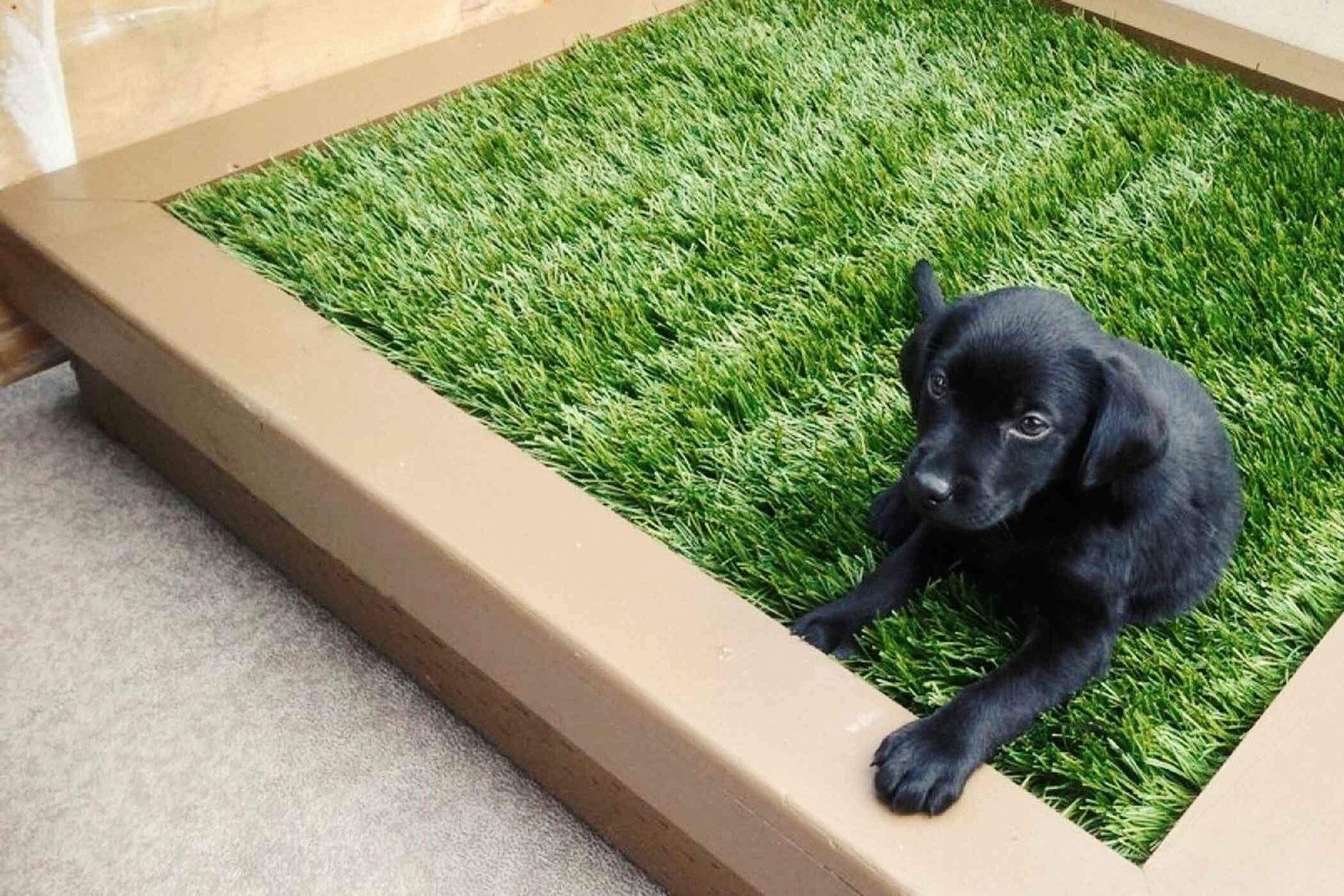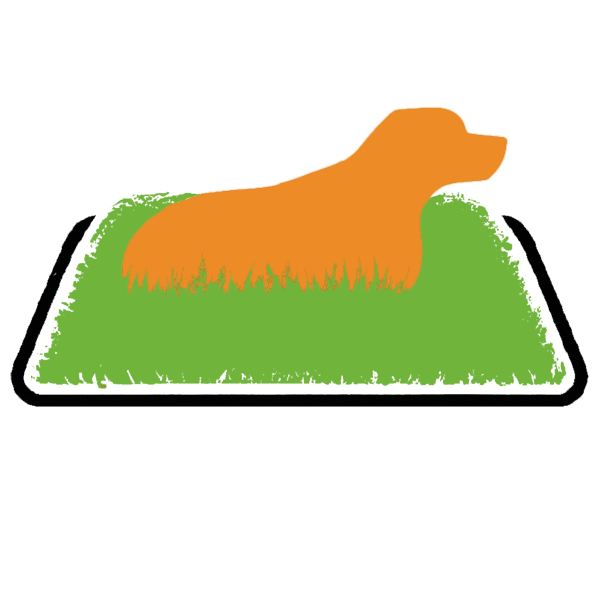1.Introduction
Importance and common challenges
Toilet training is a crucial part of raising a healthy and happy Malshi puppy. It can be challenging and frustrating, but it is essential to establish good habits early on to prevent accidents in the future. A well-trained puppy is easier to manage and can create a stronger bond between owner and pet. In this article, we will provide a framework for successful toilet training of an 8-week-old Malshi puppy.
Mention
Toilet training is an essential part of a Malshi puppy’s early development, as it promotes good habits, reduces stress, and prevents accidents. However, it requires patience, consistency, and diligence from the owner. Puppies have a small bladder and are not born with the instinct to wait before going to the bathroom. Therefore, it is critical to establish a routine and provide consistent positive reinforcement to teach them when and where to relieve themselves. With the right approach, any pet owner can successfully toilet train their Malshi puppy.
Step 1: Establish a routine
Significance of establishing a consistent routine for your puppy
Establishing a consistent routine for your Malshi puppy is significant for several reasons. Firstly, puppies thrive on routine and predictability, which helps them feel secure and reduces anxiety. Secondly, having a consistent schedule for feeding, playtime, and toileting can help your puppy learn when it’s time to go to the bathroom. This will also help you anticipate when they need to go and avoid accidents. Consistency is also crucial for reinforcing good behavior and promoting positive habits in your puppy. Finally, a routine is essential for creating a strong bond between owner and pet, as it allows for ample quality time together and builds trust. In summary, establishing a consistent routine can make toilet training easier, reduce stress, and promote healthy habits and a strong bond between you and your Malshi puppy.

The importance of timing meals, playtime, and potty breaks to help your puppy get used to a schedule
Timing meals, playtime, and potty breaks is crucial to help your Malshi puppy get used to a schedule. Feeding your puppy on a regular schedule helps their digestive system function properly and ensures they do not have to relieve themselves at odd hours. Puppies also need adequate exercise and mental stimulation, but too much stimulation close to bedtime can lead to accidents during the night. Therefore, it is essential to provide ample playtime and exercise earlier in the day, so that your puppy has time to wind down before sleep. Finally, taking frequent potty breaks throughout the day will help your pup learn when and where to go, as well as reduce accidents inside the house. By timing meals, playtime, and potty breaks consistently, you can establish a routine that your puppy can learn to anticipate, making toilet training easier and reducing overall stress for both you and your Malshi puppy.
Step 2: Choose a designated spot
How choosing a designated spot for your puppy
Choosing a designated spot for your puppy to go potty is essential in creating a consistent routine because it helps your Malshi puppy learn where they are supposed to go to the toilet. This reduces the likelihood of accidents inside the house and also allows you to anticipate when and where your pup needs to go.
When choosing a spot, look for an area that is easily accessible, preferably near the door that you will be using to take your puppy outside. It should also be an area with good drainage and away from any children’s play areas.
Once you have chosen the spot, consistently take your Malshi puppy to that area whenever they need to go potty. Use a key command, such as “go potty” or “do your business” to signal to your puppy what they should do in that location. Be patient and wait until your puppy has finished before returning indoors. Praise and reward your puppy with treats each time they do their business in the designated spot.
By consistently using the same designated spot for potty breaks, your Malshi puppy will quickly learn where they should go to relieve themselves, making toilet training much easier and quicker. This will help them feel more secure and confident and establish a strong bond between you and your furry companion.
Suggest
When selecting an area outside that is easily accessible for both you and your Malshi puppy, consider the following factors:
- Convenience: Choose a location that is easily accessible from inside your home or apartment. It should be close to an exit point so you can quickly take your puppy there when they need to go.
- Safety: Make sure the area is safe and secure. It should be away from busy roads, dangerous objects, and other hazards that could harm your puppy.
- Surface: Look for an area with a suitable surface for your puppy to do their business. It should be a flat surface or a patch of grass that allows your pup to relieve themselves comfortably.
- Privacy: Your Malshi puppy may feel more comfortable if the area is a bit secluded or sheltered. Find an area that is not too exposed to the elements or too visible to neighbors or passersby.
- Distractions: Avoid areas that are too distracting for your puppy with a lot of noise, movement, or heavy foot traffic.
By considering these factors, you can choose an outdoor area that is easily accessible, safe, comfortable, and distraction-free for both you and your Malshi puppy. This will help create a consistent routine for potty breaks and make toilet training a lot easier.

Step 3: Use positive reinforcement
Positive reinforcement is a key element
Positive reinforcement is a key element in toilet training your puppy because it helps to encourage and reinforce the behavior you want from your puppy. When you use positive reinforcement, you reward or praise your puppy for doing something right, rather than punishing them for doing something wrong.
In the case of toilet training, positive reinforcement involves rewarding your puppy for going potty in the designated area outside. This can be done by giving your puppy a treat, offering verbal praise, or giving them a toy or other desirable item.
Using positive reinforcement is important because it helps to build a positive association between going potty outside and receiving a reward. This encourages your puppy to repeat the behavior and makes them more likely to want to go outside to do their business.
It’s also important to note that punishments, such as scolding or hitting your puppy for having an accident inside, are not effective and can actually make toilet training more difficult. Punishing your puppy can cause them to become fearful or anxious, which can lead to more accidents.
Overall, positive reinforcement is a much more effective and humane way of toilet training your puppy. By using rewards and praise, you can help your puppy learn the desired behavior and create a healthy, positive relationship between you and your furry friend.
Mention
Positive reinforcement can take many forms but in the context of toilet training your puppy, it could be in the form of praise, treats, or toys. It is important to give this reinforcement immediately after your puppy successfully goes to the toilet in the designated spot. This is because dogs associate behaviors with the immediate consequences that follow it.
For example, when your puppy successfully goes potty outside in the designated spot, you can offer verbal praise like saying “good boy” or “good girl”. You could also give them a treat or a toy as a reward for their good behavior. This reinforces the idea that going potty outside in the designated spot is desirable and encourages your puppy to repeat the behavior in the future.
It’s important to remember that when using positive reinforcement, the reinforcement must be appropriate for the behavior you are trying to encourage. For instance, if your puppy only urinates outside, then you should not reward them for defecating outside. Your puppy may get confused and choose to only urinate outside to get a reward, thereby making toilet training more difficult.
In summary, positive reinforcement is a key aspect of toilet training your puppy. Praising them immediately after they go potty in the designated spot and offering rewards such as treats or toys will help reinforce the desired behavior, making your puppy more likely to repeat it in the future.
Step 4: Avoid punishment
Punishment should never be used in toilet training your puppy
Punishment should never be used in toilet training your puppy. Punishing your puppy for toileting accidents can have negative consequences and can create fear, anxiety, and stress. This can lead to a host of behavioral problems such as fear of going potty in front of their owner or even aggression.
Puppies are still learning and will make mistakes during the toilet training process. Instead of punishing them, it is important to use positive reinforcement to encourage and reward proper toilet behavior, as discussed before.
If your puppy has an accident, it’s important to clean it up quickly and without punishing them. You can use an enzymatic cleaner to remove the smell and reduce the likelihood of repeat accidents in the same area. Punishing your puppy for an accident they had earlier will only confuse them as they may not associate the punishment with the act of having an accident.
Punishment should never be used in toilet training your puppy. Instead, focus on positive reinforcement and patience to help your puppy understand where it’s appropriate to go potty. Remember, toilet training takes time and patience, and it’s important to remain consistent in using positive reinforcement to help your puppy learn the appropriate behavior.
Mention
Punishments such as scolding or hitting could lead to fear or anxiety in puppies, which could hinder their progress in toilet training. When a puppy is afraid or anxious, they may become hesitant to go potty in front of their owner, or may even hold their bladder or bowels longer than necessary, which can lead to accidents inside the house.
It’s important to remember that puppies are still learning and do not understand why they are being punished. Scolding or hitting can cause them to associate going potty with negative experiences, leading them to avoid going potty altogether, even when they need to.
Moreover, punishment can damage the bond between the puppy and the owner, making the puppy feel insecure and distant from their owner. This can make toilet training more difficult, as the puppy won’t be as responsive to the owner’s commands or signals.
Instead of using punishment, positive reinforcement should be used in toilet training your puppy. This will help your puppy associate going potty in the appropriate area with positive experiences, encouraging them to repeat the behavior. Positive reinforcement, such as praise or treats, has been shown to be much more effective than punishment in shaping desired behavior in dogs.
Punishments such as scolding or hitting should never be used in toilet training your puppy. Doing so can lead to fear or anxiety, hindering your puppy’s progress, and damaging the relationship between the puppy and the owner. Positive reinforcement, on the other hand, is an effective and humane way to encourage proper toileting behavior in puppies.

Step 5: Be patient and consistent
Need for patience and consistency when toilet training your puppy
Toilet training a puppy requires patience, consistency, and dedication from the owner. Puppies are not born with an innate understanding of where they should go potty, and it is up to their owner to teach them appropriate behavior.
Patience is crucial when toilet training a puppy, as it can take time for them to fully grasp what is expected of them. This means that accidents are likely to happen, and the owner must remain calm and patient throughout the process.
Consistency is also essential in toilet training a puppy. The owner should establish a routine for taking the puppy outside to go potty, ideally around the same time every day. Consistency helps the puppy learn what behavior is expected of them and encourages them to follow the routine.
It’s important to remember that every puppy is different and will learn at their own pace. Some puppies may take a few weeks to learn proper toileting behavior, while others may take several months. Patience and consistency are critical during this process.
Additionally, it’s important to remember that accidents will happen, even with the most patient and consistent training. It’s essential not to get frustrated with your puppy, as this can cause them to become anxious or fearful, making the training process more difficult.
Toilet training a puppy requires patience and consistency from the owner. It’s essential to establish a routine and remain calm throughout the process, even when accidents happen. With time and dedication, most puppies can be successfully toilet trained.
Conclusion
Toilet training a puppy requires patience, consistency, and dedication from the owner. The main points of the article include:
- Establishing a routine for taking the puppy outside to go potty at the same time every day. This consistency helps the puppy learn what behavior is expected of them and encourages them to follow the routine.
- Choosing a designated spot for the puppy to go potty. This will help the puppy associate that spot with going potty and make it easier to train them to use that spot consistently.
- Using positive reinforcement such as treats, praise, or playtime to reward the puppy for proper toileting behavior. Avoid punishing the puppy for accidents as this can cause fear and anxiety.
- Being patient and consistent throughout the process, understanding that every puppy is different and learns at their own pace. Expect accidents to happen, and remain calm and patient when they do.
Overall, training a puppy to go potty requires establishing a routine, choosing a designated spot, using positive reinforcement, avoiding punishment, and being patient and consistent throughout the process. With time and dedication, most puppies can be successfully toilet trained.
In conclusion, toilet training your Malshi puppy is an essential step towards creating a happy and healthy bond with your furry friend. Although it may require patience and consistency, the rewards of a well-behaved, potty-trained puppy are immeasurable. So, if you haven’t started your Malshi puppy’s toilet training yet, don’t hesitate to begin today! With the tips provided in this article, you’ll be on your way to developing a strong bond with your furry companion while promoting their wellbeing and happiness.



